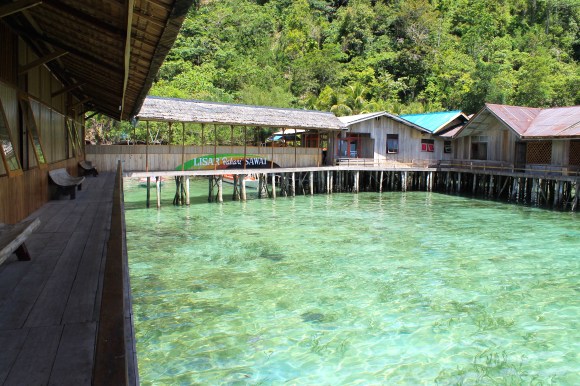
One of the great things about travel is that sometimes the best laid plans completely fall apart and then you discover something unexpected and even more amazing than the thing or place you originally intended to visit.
That was the case on a recent trip to Indonesia when our plans to go to the Banda Islands, some of the famed spice islands, fell through and instead we found ourselves sleeping above a coral reef, hanging out with sea turtles and stuffing ourselves silly on fish and spicy chollo chollo in the tiny town of Sawai.
Maluku Province, a collection of islands between Sulawesi and Papua, was once the center of the global spice trade and the European colonial powers wrestled over control of the cloves, nutmeg and mace that only grew here. Now it’s more of a sleepy backwater, supported by trade in marine and other natural resources. Despite boasting some of the richest marine biodiversity in the world and no shortage of pristine white beaches and dramatic mountainous treks, international tourism hasn’t really discovered it yet.
We arrived in the regional hub of Ambon, where we had been told we could either book passage on a weekly boat or take a short prop flight to the Bandas. However, the boat was sold out and nobody in town seemed to know if the charter flight company actually existed or where one might book a seat if it did. This sort of confusion seems to be par for the course for transportation in Maluku, where schedules change monthly if not more frequently and services are mostly provided by enterprising individuals when they feel like it.
We started searching for a plan B. A hotel manager suggested the nearby island of Seram, where one could find a tiny village called Sawai with ocean bungalows built over a coral reef. According to the hotel staff, there was a twice daily speedboat from a nearby port that would take us to the city of Masohi, where we could charter a car or take a share taxi to Sawai.
▼ Not our boat, thankfully.
When we turned up to the ferry terminal, however, it was closed. Our taxi driver had a quick conversation with a nearby vendor who apparently told him that the there was only one ferry and it has already gone. They went back and forth in Indonesian a bit and then our driver bustled us hurriedly back into the car and sped off down the road. He didn’t speak much English, so we didn’t really know what was happening, but we gathered he had another plan.
We skidded into the parking lot at another port, where a slow ferry was just getting ready to depart. The driver hailed them to wait, helped us buy our 15,000 rupiah tickets (about US$1.10) and jogged us and our bags onto the boat, before jumping off and waving from the shore as the boat pulled away. We were on our way! Unfortunately, we had no idea where to.
It turned out to be Waipirit, a town on Seram about four hours’ drive west of Masohi. According to a friendly local who translated between us and the touts waiting harbor-side, chartering a car directly to Sawai would take about eight hours and 1,500,000 rupiah (US$110), so we opted for a share taxi to Masohi at 90,000 rupiah each. This was an experience in and of itself, packed like sardines into a flame-red minibus with the side door left open as we zigzagged along a coastal road in various states of repair.
▼ I called it Red Lightning.
It was already after dark by the time we got to Masohi, so we decided to find a place to crash near the bus terminal and find our way to Sawai in the morning. By gesturing sleeping to some of our fellow passengers, we got directed to a small inn across the street and scored a room with a mattress on the floor and a toilet for 100,000 rupiah ($7.40), split three ways. It wasn’t much, but the family that ran the place was so friendly and so excited to have foreign visitors that we ended up hanging out with them in the office/living room for a good part of the night, while their teenage daughter attempted with some hilarity to translate between us.
▼ Hey, it also had a TV!
The family also advised us that we might sit all day at the bus terminal waiting for a share taxi to Sawai to fill up because there wasn’t much demand. One option was to head for Wahai, a slightly larger town a bit further on, then get out at the turnoff to Sawai and walk the remaining 5km. The other was to hire a car. They knew a guy going that way the next morning and got him to take us for 600,000 rupiah (US$44.37), just a bit more than the 450,000 rupiah it would have cost all three of us to take the share taxi.
Bright and early the next morning, some guy showed up with a car. The family was all still asleep, so we took his word that he was there to give us a ride and not some crazy ax murder and hopped in. It turned out that he was actually a nurse at the hospital in Masohi and was returning to his home village for his days off.
The drive from Masohi to Sawai goes directly across the island, over a forested mountain nature preserve. It takes about four hours, perhaps more if the roads are bad or it’s dark, but it’s a lovely drive.
▼Most of the road is barely wide enough for two vehicles to pass.
▼ The view from the mountain towards Sawai.
Our driver dropped us just outside of the village, as the streets are too narrow for a car. We didn’t really know where we were going, so we just started walking. The houses in Sawai were small and close together, but painted in bright, cheerful colors with fluttering bunting strung between them. Cloves were laid out to dry in the sun in every available space, including the walkways, filling the air with their spicy scent and making us hopscotch a bit to get by. So small is it, that before we had gone more that a few meters in search of the ocean bungalows, the manager came and found us.
▼Bustling downtown Sawai
▼ Sawai from the ocean side
At long last, we had reached our destination, the Lisar Bahari Guesthouse! Happily, they had rooms available at just 300,000 rupiah a night per person with full board, and they were, as we had been told, right over a reef.
▼ Lisar Bahari central “courtyard”
▼ Our neighbors
▼ The view from our porch
Granted, in comparison with the famous bungalows of the Maldives, accommodation here is basic. Rather than a private bungalow, you get a room in a hall with either two single beds or a double. It also has a simple shower and toilet, which draws water from a local spring. Sometimes, when a lot of people are showering, the reservoir runs dry and you have to wait until it fills up again. The rooms are open at the top to provide ventilation, so you can hear your neighbors loud and clear and sometimes the local wildlife pops in for a visit (Hello, Mr. Spider!).
▼ Communal dining area
▼Bedroom
▼Bathroom
▼Hallway
▼ There are several buildings with a small boat jetty in the middle. You can also swim from there.
▼And a sea turtle comes every evening to hang out for a bit!
With the exception of breakfast, which was usually just some bread and fruit, the meals were delicious, plentiful and full of local flavor. Often the fish you would be admiring while snorkeling would turn up later on your plate, which was a little weird, but also nice in terms of freshness and authenticity. Tea, coffee and fresh water were available throughout the day at the dining area, and the staff would bring a snack every day around 4pm too.
▼ Dinner. The sauce in the middle is chollo chollo, a regional condiment made with peppers and green tomatoes. You spoon it over your fish and rice and it is spicy, acidic and amazing.
During the day, you have the option of taking tours around to good snorkeling sites, uninhabited islands, beaches and other local sites. In the season, you can also arrange scuba trips. And with a little planning, you can do overnight trips into the nature preserve in the mountains, where they hoist you up onto platforms in the canopy to birdwatch. Or you can hang out at the guesthouse too, just soaking up the rays or reading a book outside.
Snorkeling and scuba diving are the main attractions, though. Our guides took us to a variety of different sites, some at the foot of huge cliffs and featuring dramatic drop offs, others rising out of the sea beyond the confines of the bay and stretching for what seemed like kilometers. The diversity of corals and other sea life was impressive.
▼ A reef a short boat ride away. Here, the water was barely deep enough for our boat to pass over.
▼ A deserted island where the guides brought us for lunch, roasting fish they’d caught at the reef on a bed of coals.
▼ A platform in the bay where we stopped for a cup of coffee!
▼ A coral beach on another island
When people talk about getting away from it all, this is the kind of idyll they are imagining. No internet, no traffic, no stress—just you, the ocean and days upon days where time is measured only in the movement of the sun. And after the challenges of actually getting there, you’re going to need that relaxation!
Photos © RocketNews24

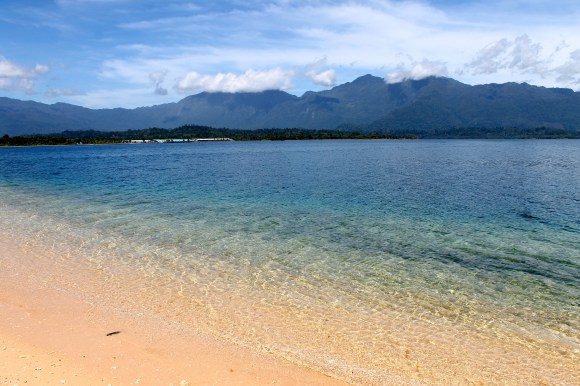
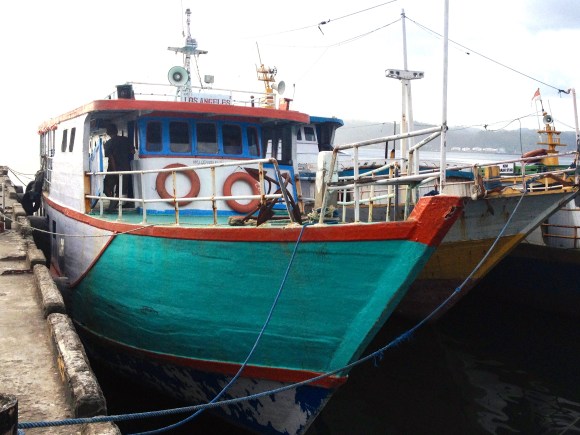
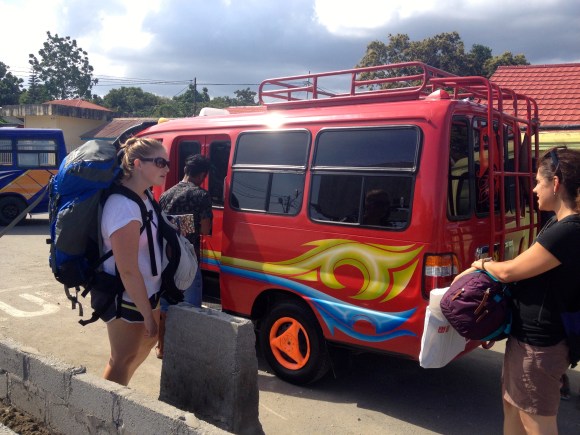


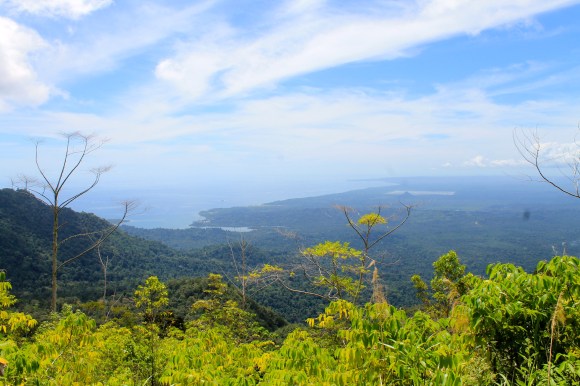
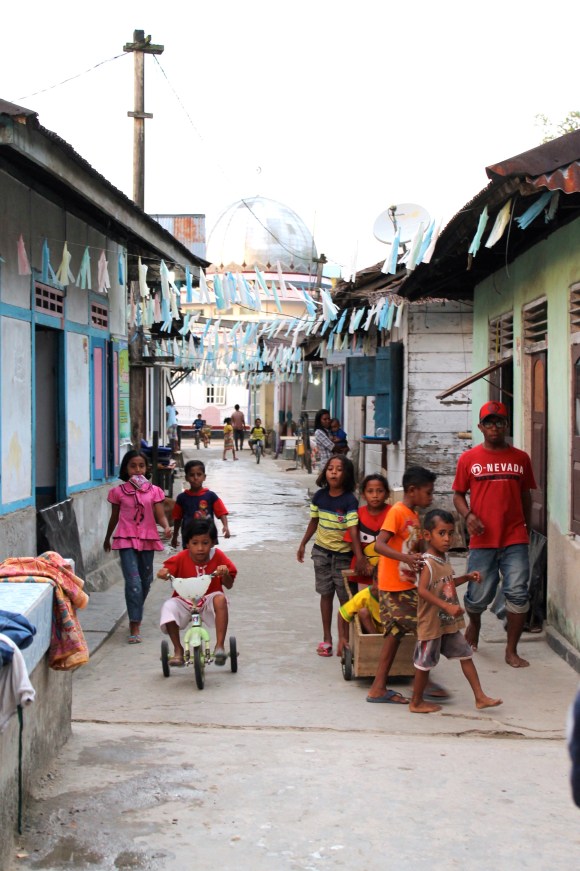
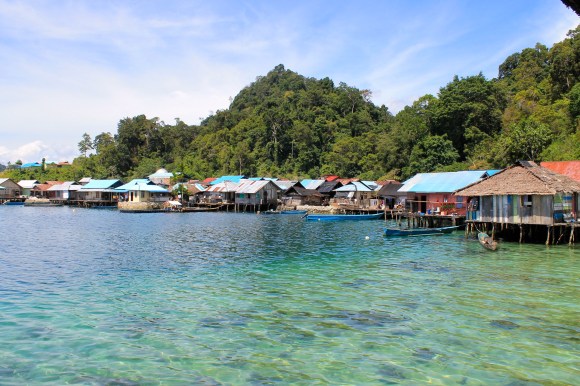
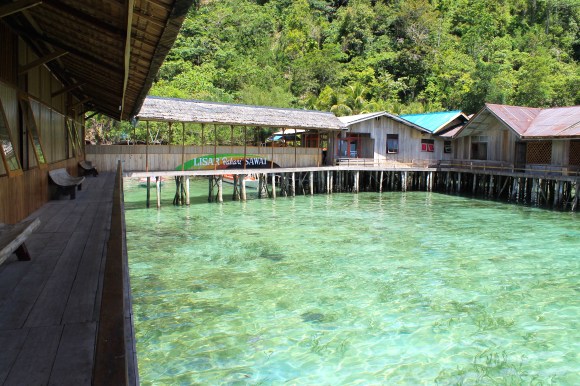
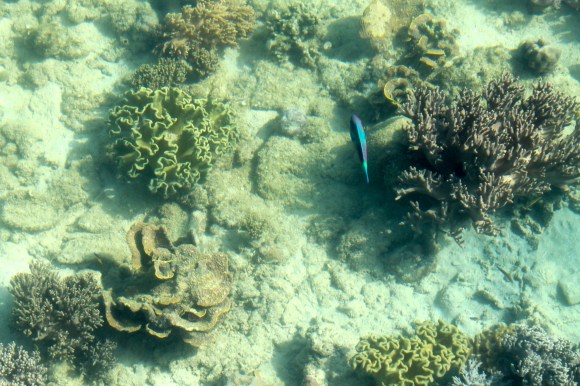
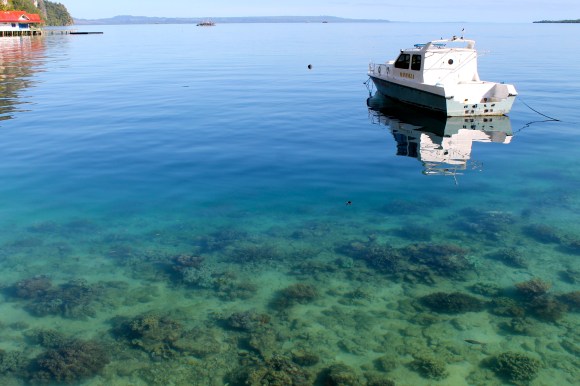
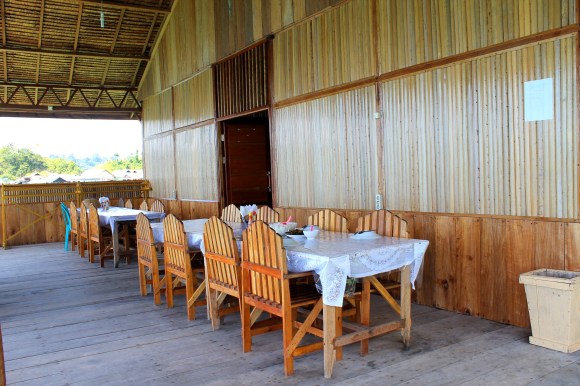
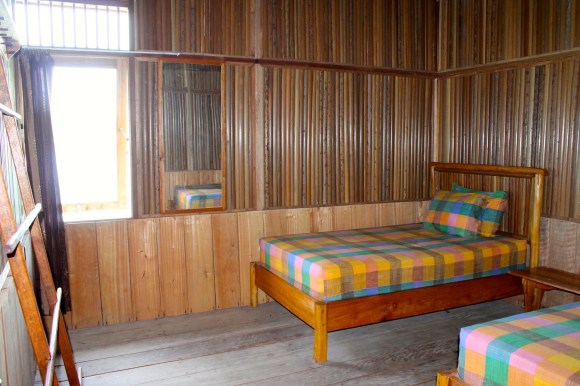
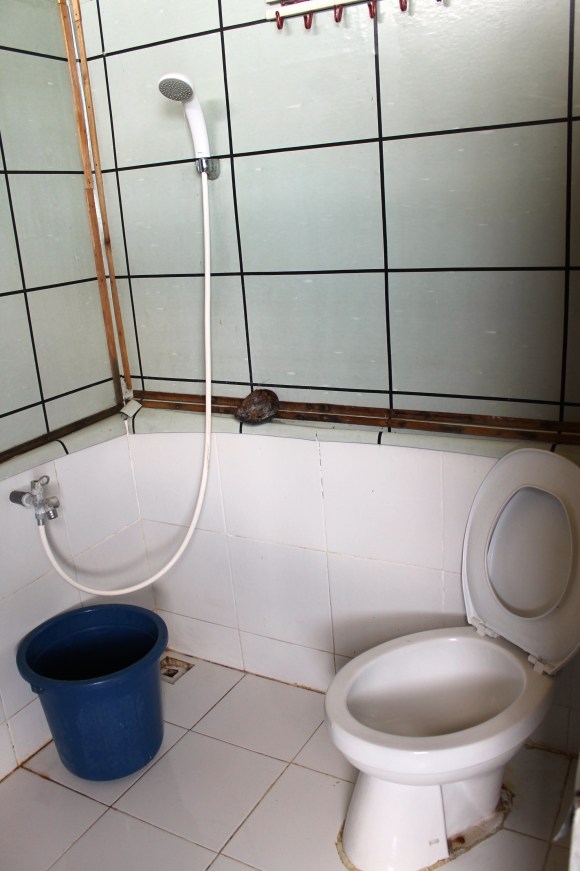

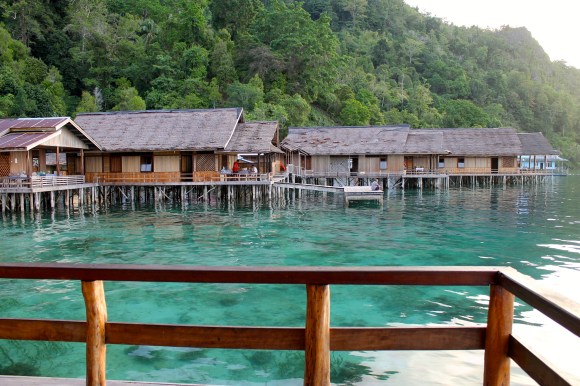
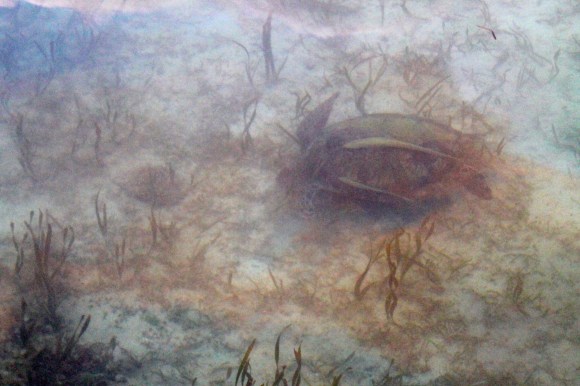
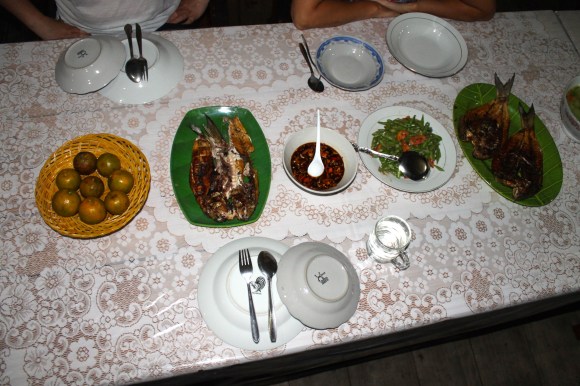
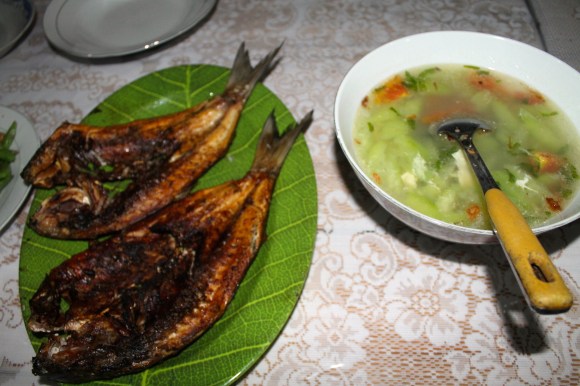
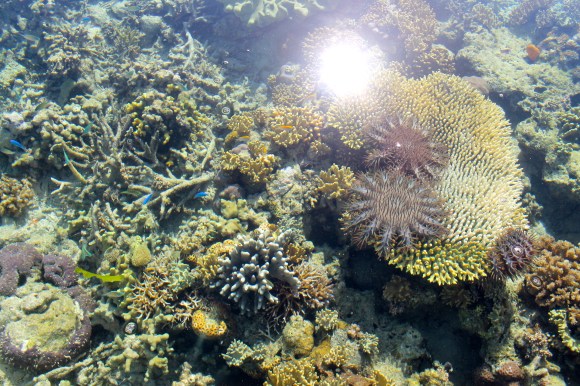
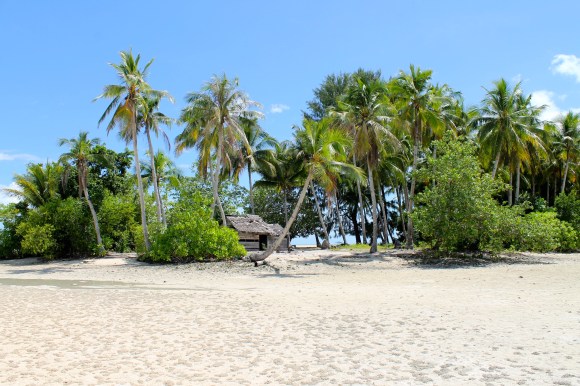
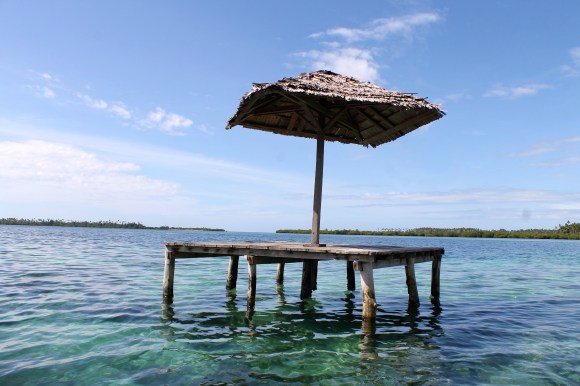
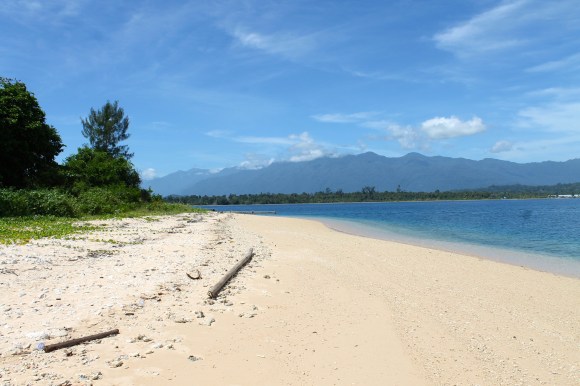
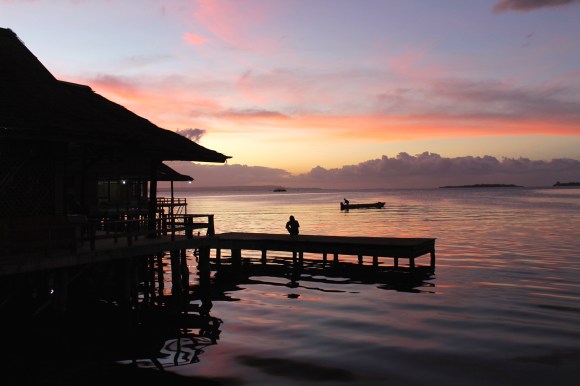
 Shimane’s hidden travel sites, where you can escape the crowds and enjoy traditional Japan
Shimane’s hidden travel sites, where you can escape the crowds and enjoy traditional Japan Samurai Studio: Tokyo’s new photo studio where you can get your picture taken in samurai armor
Samurai Studio: Tokyo’s new photo studio where you can get your picture taken in samurai armor Japanese beef bowl chain Sukiya’s 2026 Smile Box lucky bag basically pays for itself
Japanese beef bowl chain Sukiya’s 2026 Smile Box lucky bag basically pays for itself Should you dip your cake in sake? One Japanese brewer says no, but actually yes【 Taste test】
Should you dip your cake in sake? One Japanese brewer says no, but actually yes【 Taste test】 Starbucks releases a colour-changing Frappuccino in Japan
Starbucks releases a colour-changing Frappuccino in Japan Hayao Miyazaki says Happy New Year to Studio Ghibli fans with new art for Year of the Horse
Hayao Miyazaki says Happy New Year to Studio Ghibli fans with new art for Year of the Horse Play games, learn, and get your fortune at Ginza’s limited-time Tsunaguu “Shrine of the Future”
Play games, learn, and get your fortune at Ginza’s limited-time Tsunaguu “Shrine of the Future” Welcome to Hell…Hell’s Dandan Noodles Tenryu in Kanagawa
Welcome to Hell…Hell’s Dandan Noodles Tenryu in Kanagawa Achingly beautiful video shows the simple joys of life in Japan’s Akita Prefecture 【Video】
Achingly beautiful video shows the simple joys of life in Japan’s Akita Prefecture 【Video】 Virtual pantie flash part of Japan’s new schoolgirl-inspired swimsuit’s sailor style【Photos】
Virtual pantie flash part of Japan’s new schoolgirl-inspired swimsuit’s sailor style【Photos】 7-Eleven’s edible cat paw proves Japanese convenience store sweets are on a whole other level
7-Eleven’s edible cat paw proves Japanese convenience store sweets are on a whole other level Starbucks on a Shinkansen bullet train platform: 6 tips for using the automated store in Japan
Starbucks on a Shinkansen bullet train platform: 6 tips for using the automated store in Japan Starbucks Japan ready to get Year of the Horse started with adorable drinkware and plushies【Pics】
Starbucks Japan ready to get Year of the Horse started with adorable drinkware and plushies【Pics】 7 great places to see Mt. Fuji from without having to climb it
7 great places to see Mt. Fuji from without having to climb it We found possibly the quietest Japanese-style hotel in Tokyo’s bustling Shinjuku district
We found possibly the quietest Japanese-style hotel in Tokyo’s bustling Shinjuku district Cup Noodle tries an authentic Jiro-style ramen, but something’s not quite right
Cup Noodle tries an authentic Jiro-style ramen, but something’s not quite right Hello Kitty Choco Egg figures are an adorable trip through three periods of Japanese pop culture【Pics】
Hello Kitty Choco Egg figures are an adorable trip through three periods of Japanese pop culture【Pics】 Japan’s oldest largetooth sawfish in captivity back on display in Mie Prefecture
Japan’s oldest largetooth sawfish in captivity back on display in Mie Prefecture Cyberpunk anime meets traditional culture in Ghost in the Shell gold leaf Japanese changing screens
Cyberpunk anime meets traditional culture in Ghost in the Shell gold leaf Japanese changing screens The best Starbucks Japan Frappuccinos we want to drink again in 2026
The best Starbucks Japan Frappuccinos we want to drink again in 2026 We revisited Sweets Paradise after a decade to see if Japan’s dessert buffet still delivers
We revisited Sweets Paradise after a decade to see if Japan’s dessert buffet still delivers 7-Eleven Japan starts new temporary luggage storage service in over 300 branches
7-Eleven Japan starts new temporary luggage storage service in over 300 branches Disillusionment at Tsukiji’s tourist-target prices led us to a great ramen restaurant in Tokyo
Disillusionment at Tsukiji’s tourist-target prices led us to a great ramen restaurant in Tokyo Starbucks teams up with 166-year-old Kyoto doll maker for Year of the Horse decorations【Photos】
Starbucks teams up with 166-year-old Kyoto doll maker for Year of the Horse decorations【Photos】 Tokyo considering law requiring more trash cans following litter increase in heavily touristed area
Tokyo considering law requiring more trash cans following litter increase in heavily touristed area Tokyo’s Tsukiji sushi neighborhood asks tour groups to stay away for the rest of the month
Tokyo’s Tsukiji sushi neighborhood asks tour groups to stay away for the rest of the month Tokyo event lets you travel back in time, for free, to celebrate 100 years since Showa era start
Tokyo event lets you travel back in time, for free, to celebrate 100 years since Showa era start Sanrio theme park in Japan announces plans to expand into a Sanrio resort
Sanrio theme park in Japan announces plans to expand into a Sanrio resort Japan may add Japanese language proficiency, lifestyle classes to permanent foreign resident requirements
Japan may add Japanese language proficiency, lifestyle classes to permanent foreign resident requirements Stamina-destroying “Paralysis Noodles” are Tokyo’s newest over-the-top ramen innovation
Stamina-destroying “Paralysis Noodles” are Tokyo’s newest over-the-top ramen innovation Survey asks foreign tourists what bothered them in Japan, more than half gave same answer
Survey asks foreign tourists what bothered them in Japan, more than half gave same answer Japan’s human washing machines will go on sale to general public, demos to be held in Tokyo
Japan’s human washing machines will go on sale to general public, demos to be held in Tokyo Japan’s deadliest food claims more victims, but why do people keep eating it for New Year’s?
Japan’s deadliest food claims more victims, but why do people keep eating it for New Year’s? We deeply regret going into this tunnel on our walk in the mountains of Japan
We deeply regret going into this tunnel on our walk in the mountains of Japan Studio Ghibli releases Kodama forest spirits from Princess Mononoke to light up your home
Studio Ghibli releases Kodama forest spirits from Princess Mononoke to light up your home Major Japanese hotel chain says reservations via overseas booking sites may not be valid
Major Japanese hotel chain says reservations via overseas booking sites may not be valid Put sesame oil in your coffee? Japanese maker says it’s the best way to start your day【Taste test】
Put sesame oil in your coffee? Japanese maker says it’s the best way to start your day【Taste test】 No more using real katana for tourism activities, Japan’s National Police Agency says
No more using real katana for tourism activities, Japan’s National Police Agency says Starbucks Japan reveals new sakura drinkware collection, inspired by evening cherry blossoms
Starbucks Japan reveals new sakura drinkware collection, inspired by evening cherry blossoms Updated cherry blossom forecast shows extra-long sakura season for Japan this year
Updated cherry blossom forecast shows extra-long sakura season for Japan this year
Leave a Reply